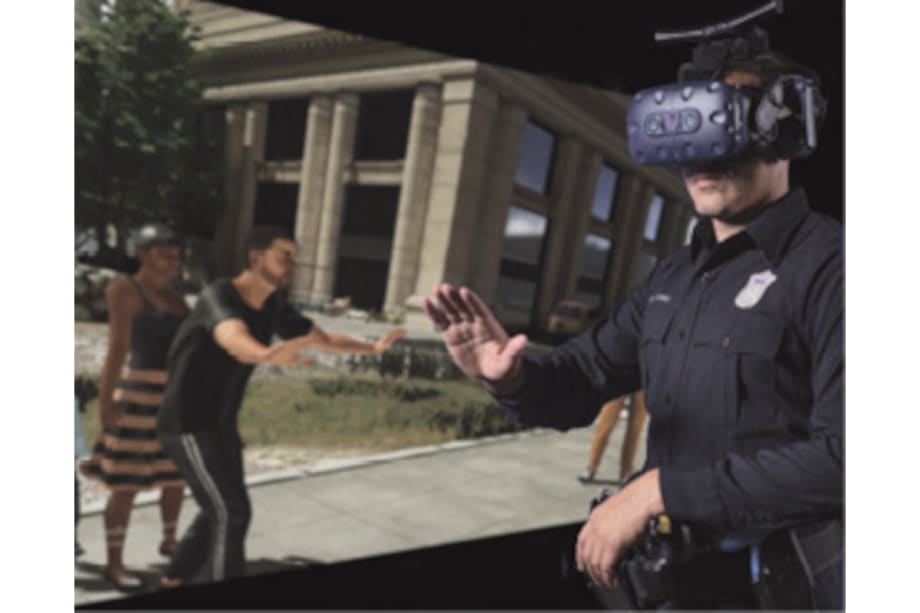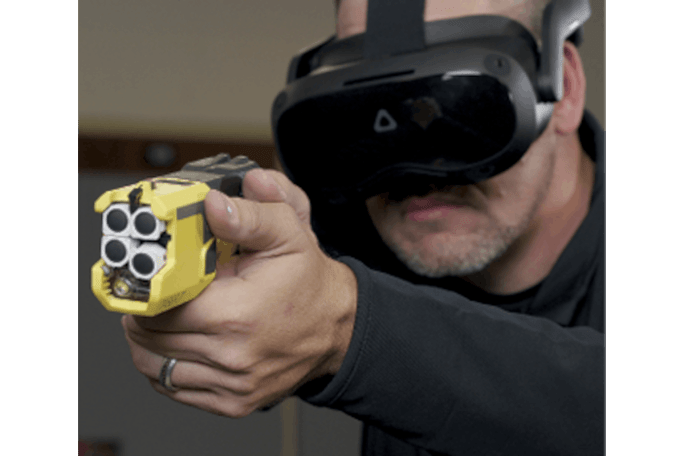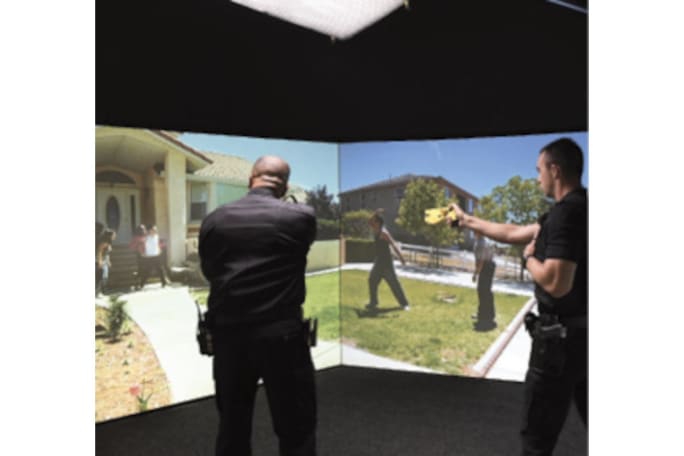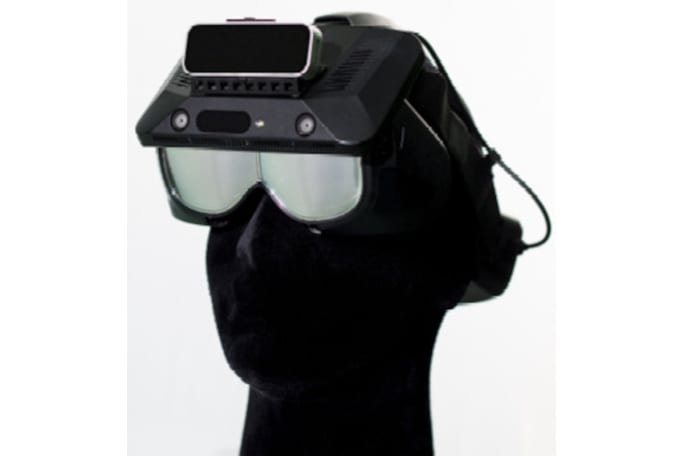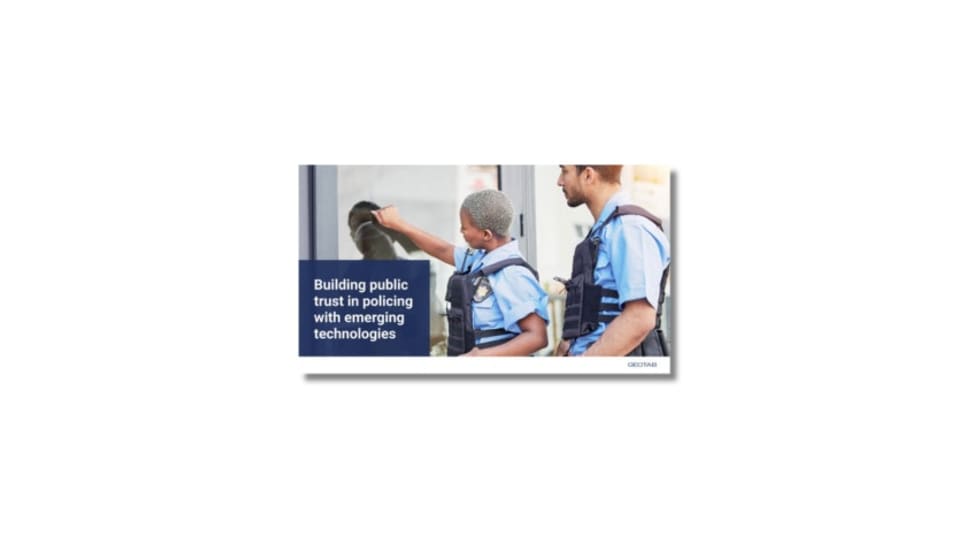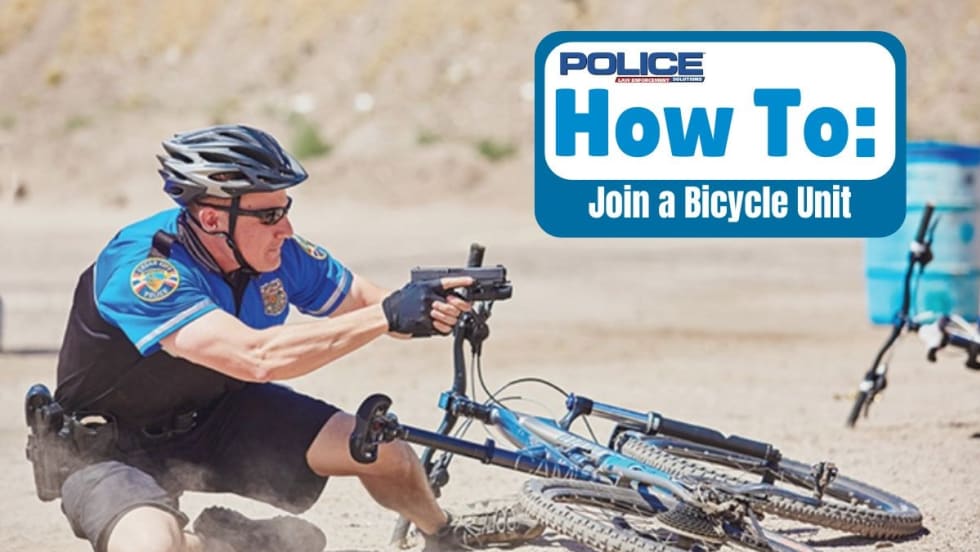The technology is developing quickly, but it’s certainly nowhere near as developed as it can—or will—be down the road.
VR training and AR training can be effective for a variety of training scenarios, but there are presently a variety of obvious limitations—some of which will surely be overcome in time—such as basic firearms fundamentals, marksmanship, and group movement. Further, this technology is suboptimal for human interaction (de-escalation) training—for that you need real people in convincing role-playing scenarios. Finally, VR and AR are totally inappropriate—and always will be—for everything an officer is required to do in a matt room or on a challenge course.
There’s also the very real—and as yet unresolved—problem of “VR sickness,” which can bring training to an abrupt halt for anyone suffering from it. Caused by the cognitive disconnect when the eyes, the inner ear and other senses that register gravity and acceleration perceive movement or motion but the body remains relatively still, this malady can result in severe dizziness, nausea, vomiting, and confusion. Some have likened it to the very worst possible version of motion sickness they’ve ever experienced and describe it as “pure misery.”
Training requirements will continue to change based on the demands placed on police by members of the communities they serve—as well as those of the elected leaders and members of the watchful media—and training solutions will necessarily mirror those exigencies.
VR and AR simulator training will become another piece in the larger puzzle of police training. These technologies will deliver enhanced realism and greater immersion with each new generation of products. Headset devices will get smaller and more comfortable. Graphics within the scenarios will become more life-like and realistic.



